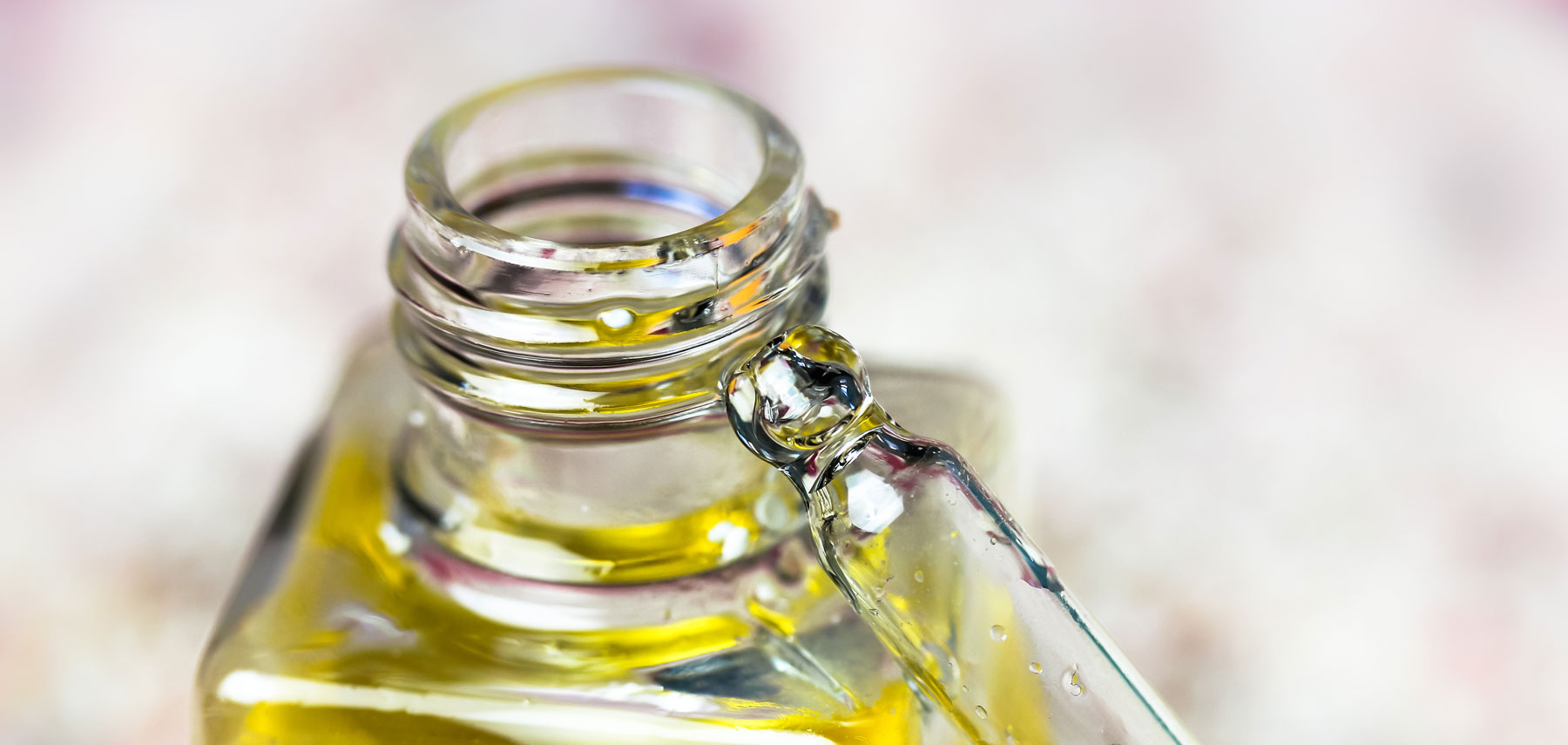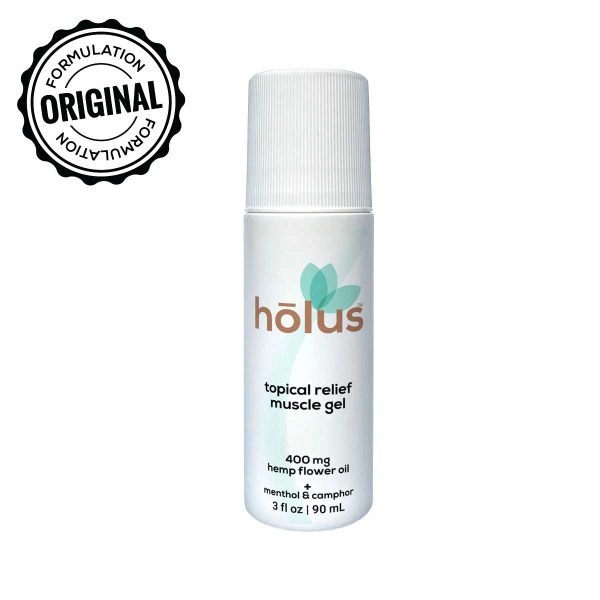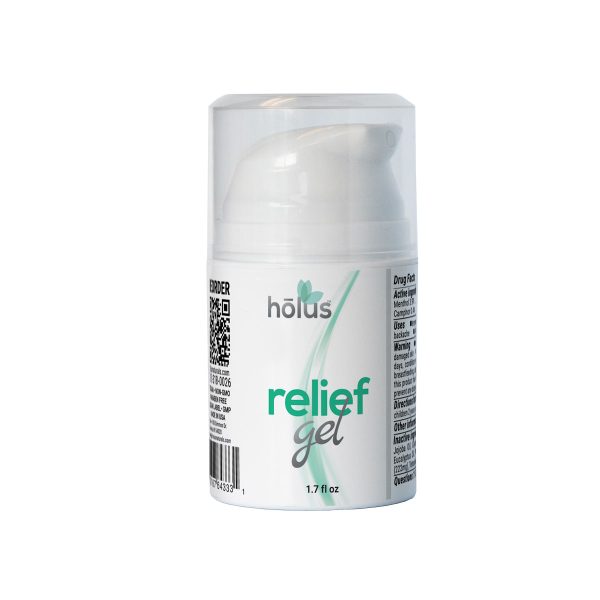Your Natural Remedy Guide
Soothe Aches and Accelerate Healing with Arnica Oil
Arnica, a potent and versatile oil derived from the flowers of Arnica montana, has been highly valued for centuries due to its numerous health benefits. This remarkable botanical extract is widely used in homeopathic products and traditional medicine across Eastern Europe for its anti-inflammatory properties.
In this article, we will review the various benefits of arnica oil, such as alleviating joint pain and reducing inflammation. Furthermore, we review how to use topical arnica effectively and safely. Lastly, we cover important precautions when using arnica oil as well as potential side effects that may arise from improper usage or over-application.
Join us on this journey to explore the fascinating world of arnica oil and unlock its powerful therapeutic potential.
What is Arnica Oil?
Arnica oil is a natural, therapeutic oil derived from the flowers of the Arnica Montana plant. This potent natural remedy has been used for ages to soothe multiple types of aches and sorenesses. The Arnica flower itself contains several active compounds that contribute to its potent healing properties, including helenalin, an anti-inflammatory agent, and sesquiterpene lactones which help reduce swelling.

Traditionally, arnica oil was used to treat pain and inflammation of the joint, muscle, back, and neck. Today, this versatile botanical extract continues to gain popularity in modern alternative medicine due to its proven effectiveness.
Studies have shown that when applied to the skin or incorporated into creams and ointments, Arnica oil effectively helps:
- Reduce pain associated with arthritis or other joint conditions
- Treat minor burns by soothing irritation and promoting skin regeneration
- Reduce inflammation related to injuries or exercise.
Benefits of Arnica Oil
The remarkable benefits of arnica oil have been known for centuries, making it a popular choice among those seeking natural remedies for pain relief and inflammation reduction. Some key advantages of using arnica oil include the following:
- Anti-inflammatory properties: The active compounds in arnica oil, such as helenalin and thymol, possess potent anti-inflammatory effects that can help reduce swelling and ease soreness in muscles and joints. A double blind study was conducted on marathon runners who used arnica every day three days before the race. The runners using the Arnica had reduced inflammation induced pain after the race compared to those using the placebo.
- Pain relief: Arnica oil has analgesic properties that can alleviate various types of pain, including joint pain, muscle pain, back pain, neck pain, and even headaches, when applied topically. Arnica was tested on patients who were going to get their tonsils removed. After taking them for two weeks post surgery, significant improvement in pain relief was observed compared to the placebo group.
- Bruise healing: Applying arnica oil to bruises may speed up the healing process by stimulating blood flow to the affected area. A study on the benefits of Arnica for bruising was conducted by creating a lazer induced bruise on the volunteer using Arnica treatment. The people treated with arnica had siginificant improvement in bruise healing compared to those who did not use Arnica.
- Soothing insect bites: Thanks to its anti-inflammatory action, arnica oil may also be helpful in soothing itching or discomfort caused by insect bites or stings.
- Easing arthritis symptoms: For individuals suffering from arthritis-related joint stiffness or discomfort, applying arnica oil mixed with a carrier agent like coconut or almond oils may provide temporary relief from swollen joints.
In addition to these primary benefits, regular use of this botanical extract could improve overall skin health thanks to its antioxidant properties. Regular use of this botanical extract may also help protect the skin from external factors, promoting a more youthful look.
How to Use Arnica Oil
The first step in using arnica oil effectively is selecting a high-quality product from a reputable source. Look for products that contain pure arnica oil without any harmful additives or chemicals. You can find various arnica oil products, such as creams, gels, ointments, or even pre-diluted roll-ons.

Clean the Affected Area
The first step in using arnica oil effectively is selecting a high-quality product from a reputable source. Look for products that contain pure arnica oil without any harmful additives or chemicals. You can find various arnica oil products, such as creams, gels, ointments, or even pre-diluted roll-ons.
Apply Arnica Oil Topically
- Apply to skin: Whether you are using a roll-on or a pump, apply the manufacturer’s recommended dosage to the affected area.
- Gently Massage: Using gentle circular motions with your fingertips, massage the arnica-infused mixture into your skin until fully absorbed – this will help increase blood circulation around painful areas while facilitating penetration into deeper tissues.
- Avoid Overuse: Avoid overusing arnica oil, as excessive application can lead to skin irritation or an allergic reaction. Instead, stick to the frequency of use mentioned on your product label.
Monitor Your Progress
Keep track of how you feel after using arnica oil for pain relief – if you notice significant improvements in your symptoms, continue following the suggested usage guidelines until complete recovery. However, if there is no noticeable change or worsening of symptoms occurs, consult a healthcare professional for further guidance.
Potential Side Effects of Arnica Oil
Some individuals might experience skin irritation or an allergic reaction when using this natural remedy. To minimize the risk of adverse reactions, use arnica oil sparingly and follow the instructions on the product label.
Allergic Reactions
In some cases, people may develop an allergic reaction to arnica oil due to a sensitivity or allergy to plants in the Asteraceae family (which includes daisies, sunflowers, and chrysanthemums). Mild to severe reactions may occur, ranging from itchy or red skin at the area of application to hives, swelling around eyes/lips, breathing problems, accelerated pulse rate, and lightheadedness. If you suspect you are experiencing an allergic reaction after using arnica oil topically discontinue use and contact your healthcare provider.
Skin Irritation
Apart from allergies, skin irritation, may also occur in some individuals when applying arnica oil directly onto their skin. This could manifest as redness, itching sensation, burning feeling, dryness, peeling off, etc. To avoid these issues:
- Dilute pure arnica oil with a carrier oil, such as coconut or jojoba oil.
- Perform a patch test on a small area of skin before applying the product to larger areas. If irritation occurs, discontinue use and consult your healthcare provider.
- Avoid using arnica oil on broken skin or open wounds, as this can result in excess arnica absorbed.
By being mindful of these potential side effects, knowing your own physical limitations, and taking appropriate precautions when using arnica oil topically, you can enjoy its numerous benefits for pain relief while minimizing any risks associated with its application.
In conclusion, arnica oil has a variety of benefits when used topically. It can help to reduce joint pain, muscle aches, and pains in the back and neck. Before trying arnica oil, it is important to be aware of the possible side effects associated with its use. Always check with a physician before utilizing any novel treatments or products to address health issues. Arnica is an effective natural remedy for many ailments when used wisely.









